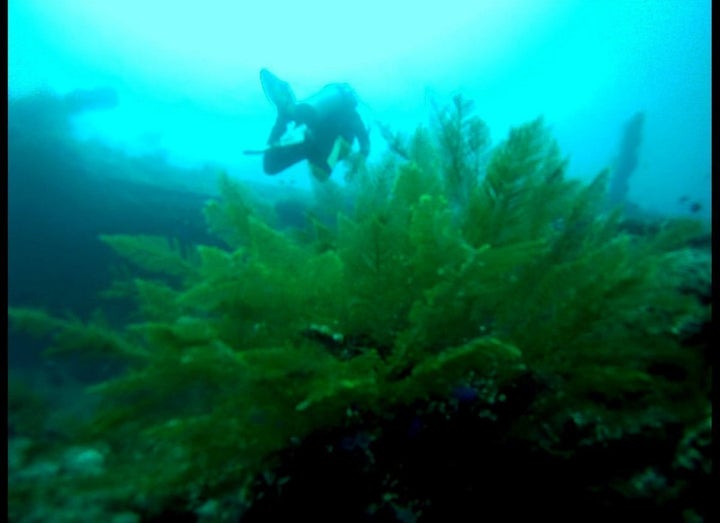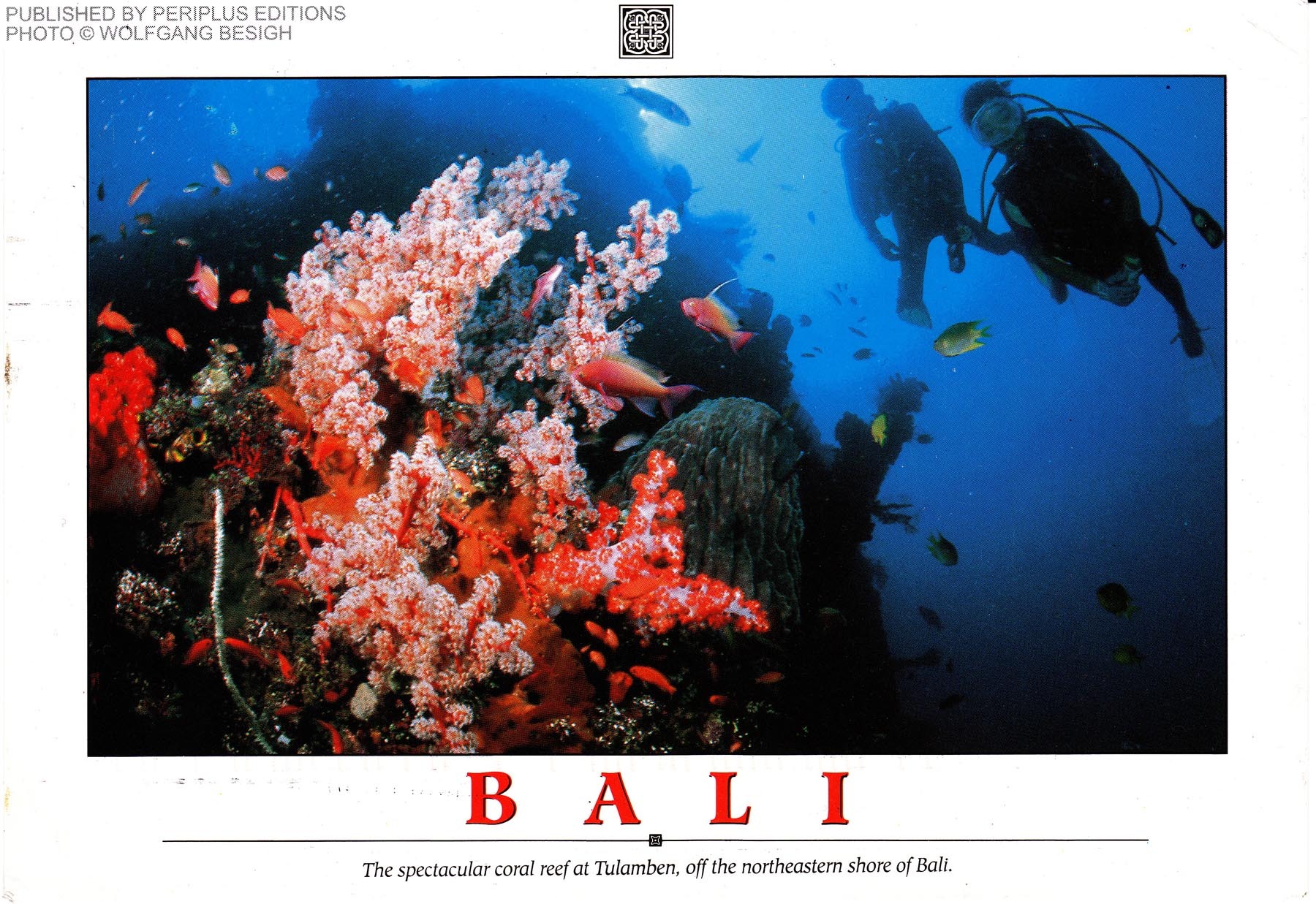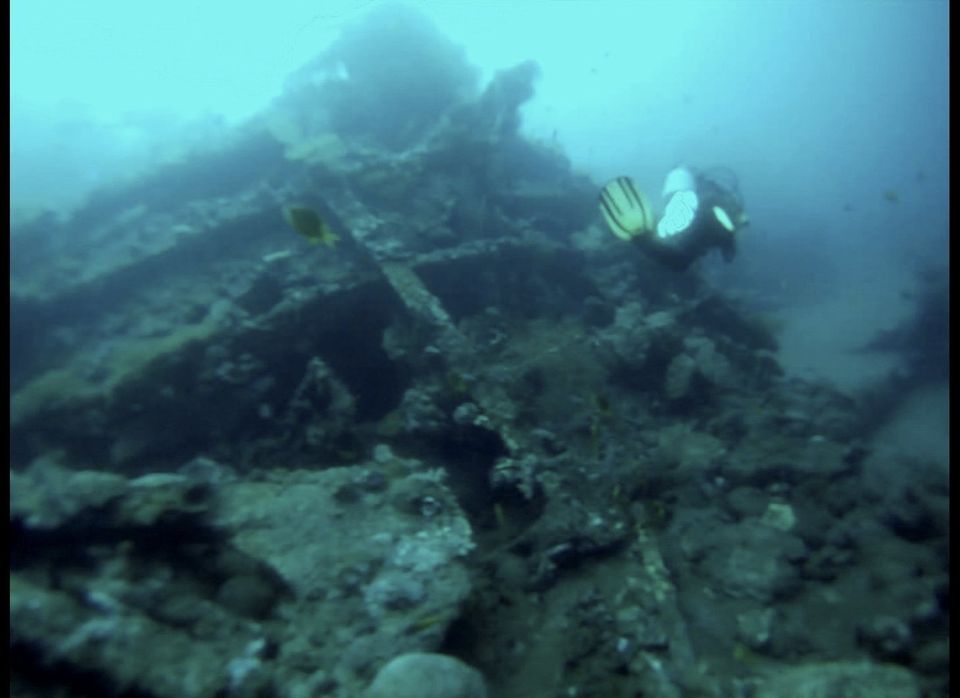
A little over five years ago one of my closest friends asked me why I'd never learned to scuba dive before. I couldn't provide him with a good answer. I'd seen lots of travelers in every part of the world get really excited about the potential to spend a few days or even a few weeks diving a unique locale, but for some strange reason it didn't seem that appealing to me. Maybe I was a little scared of what it would take to learn: It's probably crossed your mind before that scuba diving might be a complex and daunting prospect.
Truth is it's neither of those things, but it took my friend pushing me towards an exotic Galapagos trip before I'd ever considered getting my certification. Five years later I have only one regret about learning to scuba, and that's having gotten my certification in the ice cold waters off the coast of Gloucester Massachusetts, and not at one of my many trips into the tropics. I suppose I also have the regret of not having done it much sooner in my life.
As part of The 30 Postcards Project, I received this postcard from the Indonesian Island of Bali (several times actually), and when I went to Bali this January to tell the story of the postcard it dawned on me that this dive site is absolutely perfect for everyone with even a hint of desire for their scuba certification.
If you give Bali Scuba just three days or one long weekend you can get your PADI certification card in Open Water Diving usable anywhere in the world, and you'll be doing it in one of the easiest and most unique places for beginners in the world. Not to mention that a trip to Bali is pretty much amazing, in and of itself.
The dive site is called Tulamben, named for the local fishing community which existed long before scuba divers flocked here. What's great for beginners at Tulamben is the ocean temperature being warm and comfortable (unlike coastal Massachusetts, Bali sits eight degrees south of the equator). The beautiful reef dives are simple walks into the ocean (no boats required) making acclimation to your first ocean dive simple and at your own pace (you're also already in the same area as those who have been diving for years).
The sediment flats in certain areas are completely featureless and visibility is often quite far giving the scuba student a calm and unfrightening location to practice their skills. Currents range from none at all to a mild push which is essential when you're getting acclimated on how to orient yourself underwater. But what makes Tulamben the perfect place to learn is that after you've mastered those skills you're already in an underwater paradise with a fantastic beginners "wreck dive" sitting a short swim from where you learned your skills.
In January of 1942, the United States Navel Supply Vessel Liberty was torpedoed by a Japanese submarine off the coast of Indonesia. In order to save the crew and cargo the ship was beached at Tulamben in Bali where it sat aground until mother nature cast it into the ocean during a volcanic event in 1963. From then on it began to grow a beautiful covering of coral which still thrives to this day and is the major pull bringing so many divers to Tulamben. Diving the wreck is simple and straightforward making it ideal for beginners.
If you still aren't convinced let me give you a few more facts about diving Bali. One of the world's most amazing rare fish, the sunfish (also called mola mola -- the heaviest bony fish in the world), frequents the area between July and October. I dove Tulamben in January, so unfortunately I missed this incredible, enormous, graceful fish. If your dive instructor begins to furiously get your attention while you're examining the wreck it could also be he's trying to show you a manta ray, the world's largest and most magnificent. They also hang around the wreck.
If that weren't enough, there's also the occasional sighting of the world's largest fish, the incomparable whale shark. One of the greatest experiences of my life was swimming alongside this gentle giant which absolutely dwarfs you in size. Those lucky enough to have this experience will be permanently addicted to scuba for the rest of their lives (if you aren't already).
On the other side of the size spectrum are the tiny, colorfully alluring nudibranchs -- sea slugs which are quite possibly the most beautifully colored creatures in the ocean. During just one dive at Tulamben we were able to spot dozens of these amazing little mollusks which have evolved their bright colors and patterns to say to predators, "I'm poisonous, don't bug me!" But don't worry, they're only poisonous if you were to eat one (nature's way of preventing us from eating something so incredibly beautiful).
I'll end this piece by telling you honestly, that for me, getting my scuba certification was one of the best decisions of my life. It has allowed me to have so many unforgettable experiences. I wouldn't be able to chronicle all of them in anything less than a book. While telling the story of the Tulamben Postcard (video to be released soon at 30 Postcards) it became immediately apparent that Bali was the absolute perfect place to suggest the non-certified get their open water cards and start on the same amazing adventure I've had over the last five years.
Check out the slideshow below to get a more visual look at what Tulamben is all about.

